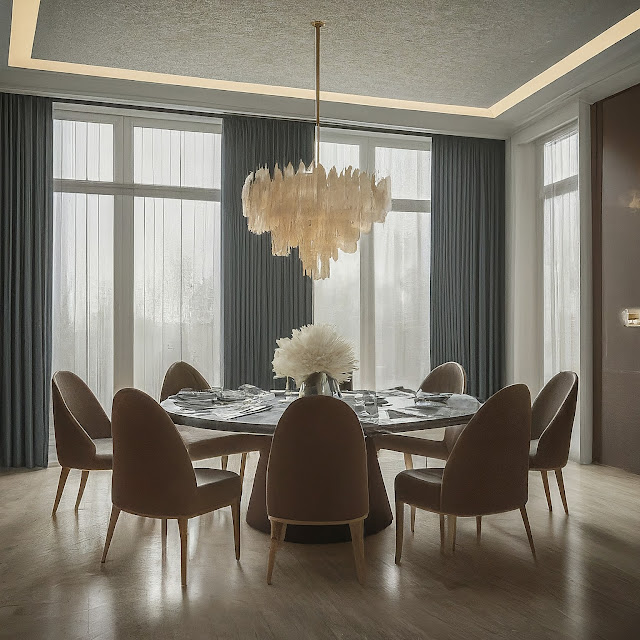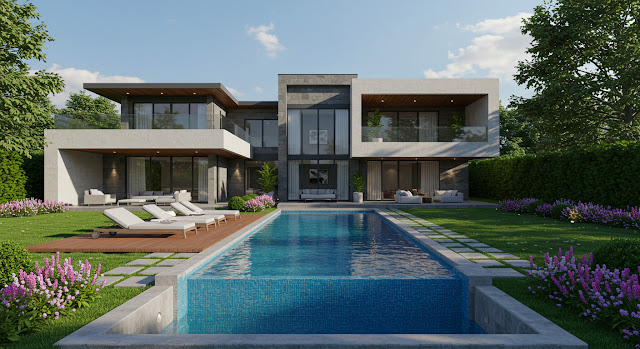How Dubai Builds Skyscrapers on Sand (And Why They Might Sink)
From an arid desert outpost to a futuristic skyline of steel and glass, Dubai’s meteoric rise has captured the world’s imagination. The city is now home to the Burj Khalifa, the tallest building on Earth, and dozens of other gleaming skyscrapers that pierce the sky. But behind this architectural marvel lies a fundamental question: How do you build a vertical empire on nothing but sand? And even more critically—can it last?
The Challenge of Building on Sand
Sand isn’t exactly the ideal foundation for supertall structures. It’s granular, it shifts easily under pressure, and when wet, it can lose stability. Most cities with dense high-rises are built on bedrock, a stable layer of stone that anchors buildings securely.
Dubai, however, sits on a mix of coastal sand and weak, compressible soils, with no bedrock close to the surface. In some areas, it lies over 75 meters deep. That means skyscrapers can’t be built using traditional shallow foundations—they need advanced engineering solutions just to stay upright.
Engineering Against Nature
So how does Dubai do it?
The answer lies in deep foundation technology. Most skyscrapers in Dubai are built on what’s called pile foundations—long, reinforced concrete or steel columns that are drilled or driven deep into the ground, reaching firmer soil or rock layers below. These piles can extend over 50 meters deep to bypass unstable surface layers.
The Burj Khalifa, for example, rests on 192 concrete piles, each about 1.5 meters in diameter and driven 45 meters deep. Engineers also designed a massive reinforced concrete raft—a thick slab at the base of the tower—to distribute the building’s immense weight evenly across the piles.
But while these techniques are effective, they’re also expensive and not foolproof. Over time, sand can settle unevenly, causing what’s known as differential settlement. This slow shifting can lead to cracks in foundations, structural strain, or in the worst cases, tilting or collapse.
The Role of Water—and the Risk of Sinking
Another complicating factor is Dubai’s high water table. Being near the Persian Gulf, the city’s groundwater sits close to the surface. Excess moisture can weaken sandy soil further, especially in reclaimed land areas like the Palm Jumeirah—massive artificial islands created by dredging sand from the sea.
Waterlogged sand poses a risk of liquefaction—a phenomenon in which soil behaves like a liquid during stress, such as an earthquake. While Dubai is in a relatively low seismic zone, climate change and sea level rise add a new dimension of risk. Increased flooding or storm surges could undermine soil stability beneath key structures.
Will Dubai’s Skyscrapers Sink?
While engineers have taken great care to stabilize buildings, some minor sinking is inevitable. In fact, the Burj Khalifa has already settled by several millimeters, a normal and expected outcome. As long as the settlement is even and gradual, it’s not dangerous.
However, with more high-rises being built every year—and some on land that didn’t exist two decades ago—the long-term sustainability of these foundations remains a subject of debate among geotechnical experts.
The Price of Ambition
Dubai’s skyline is a triumph of human ambition over environmental limitations. But it’s also a reminder that nature has the final say. The city’s success hinges on constant monitoring, advanced materials, and continuous adaptation to an evolving landscape—both geological and climatic.
In the end, building on sand is possible, but it comes with a permanent price of vigilance. Because the higher we reach into the sky, the more critical it becomes to understand what lies beneath our feet.



_1.jpg)
_2.jpg)
_1.jpg)
_2.jpg)
_1.jpg)
_1.jpg)
_2.jpg)
_1.jpg)
_2.jpg)
_1.jpg)
_2.jpg)
_1.jpg)
_2.jpg)












.jpg)



















_1.jpg)
_2.jpg)
_1.jpg)
_2.jpg)
_1.jpg)
_2.jpg)
_1.jpg)
_1.jpg)
_2.jpg)
_1.jpg)
_2.jpg)
_1.jpg)
_2.jpg)




















